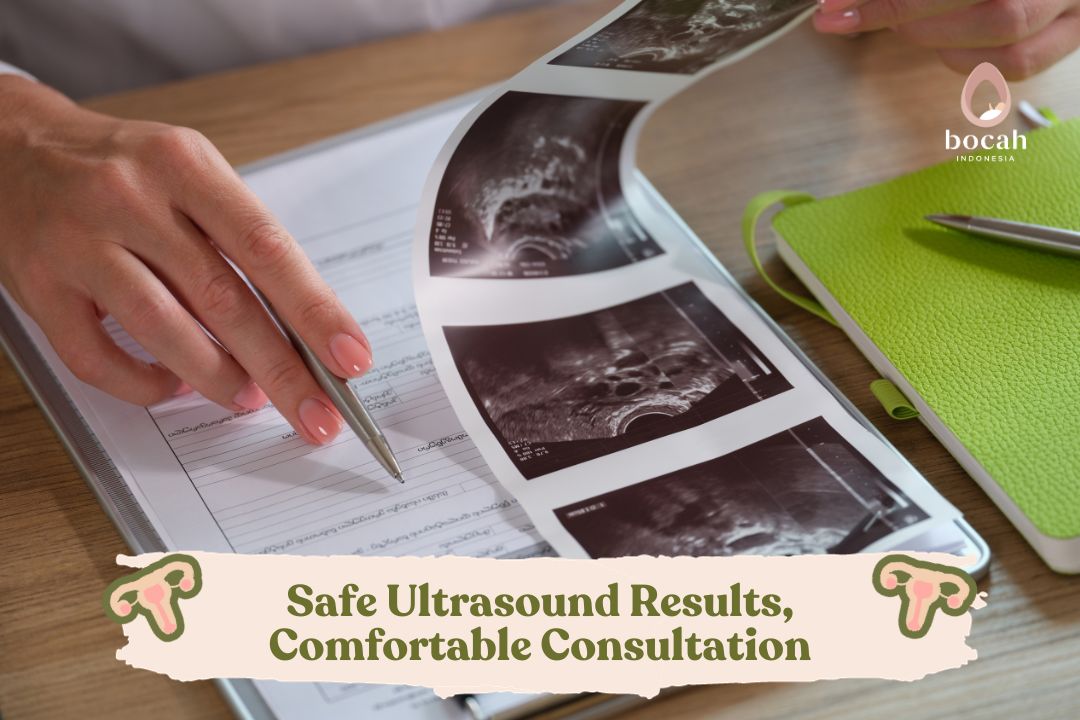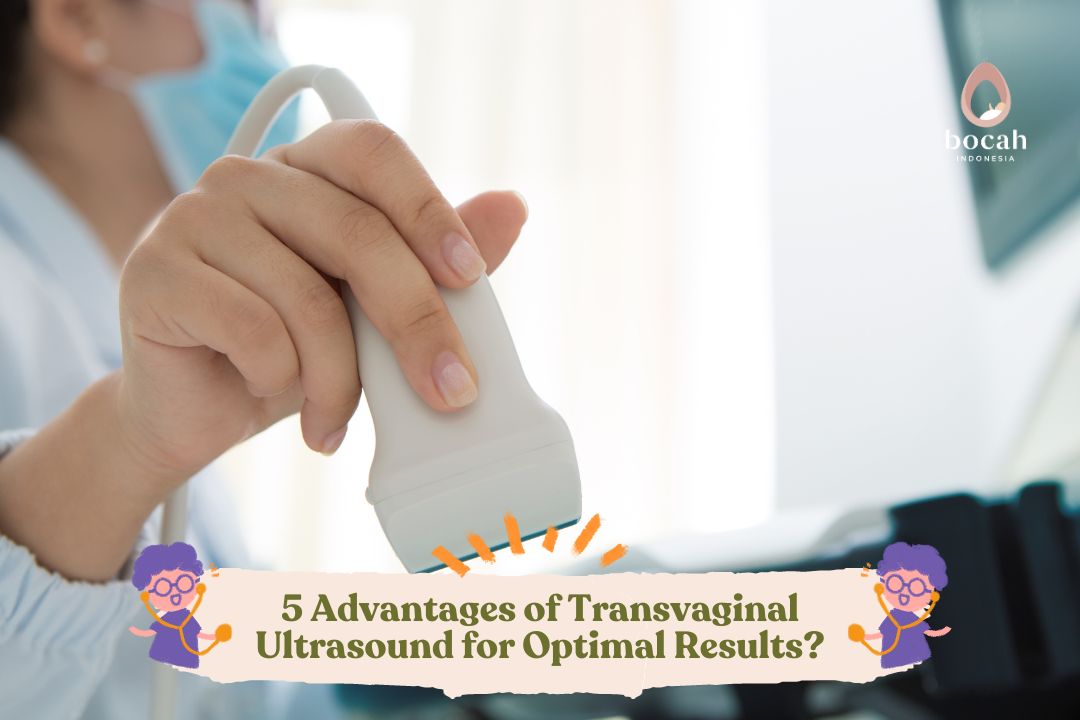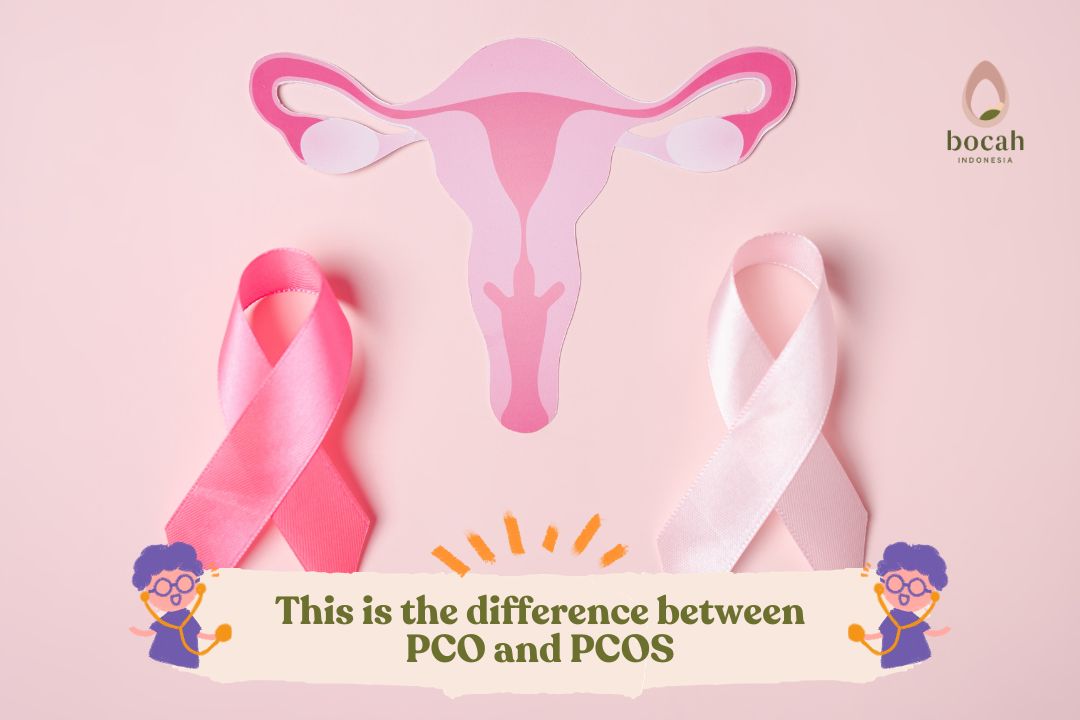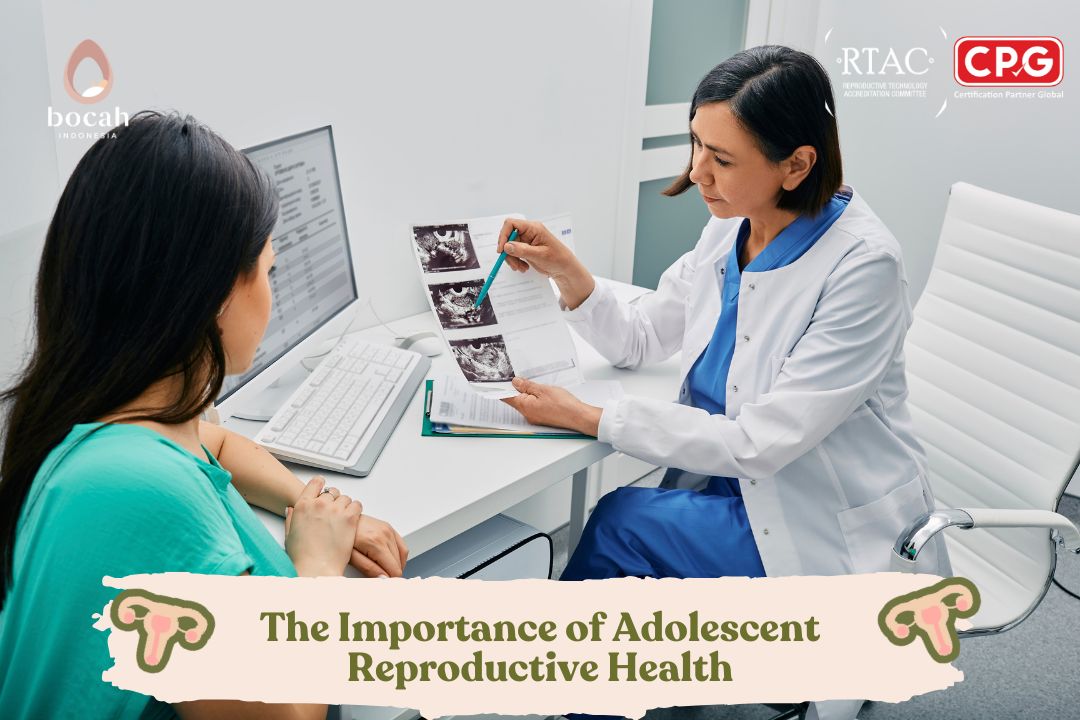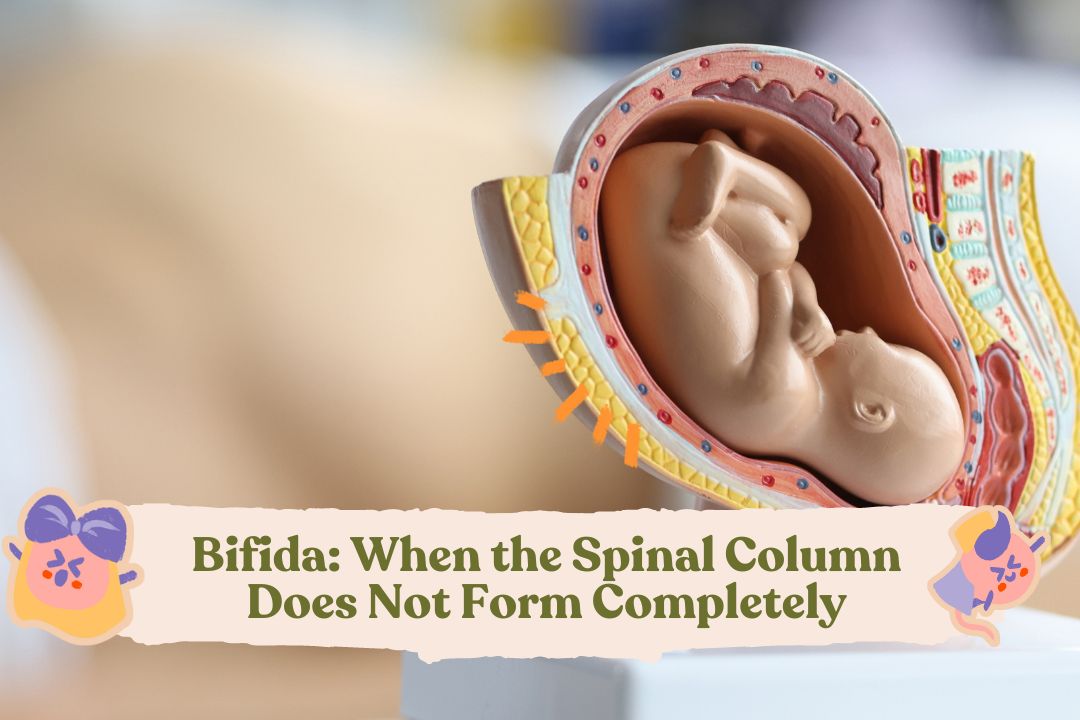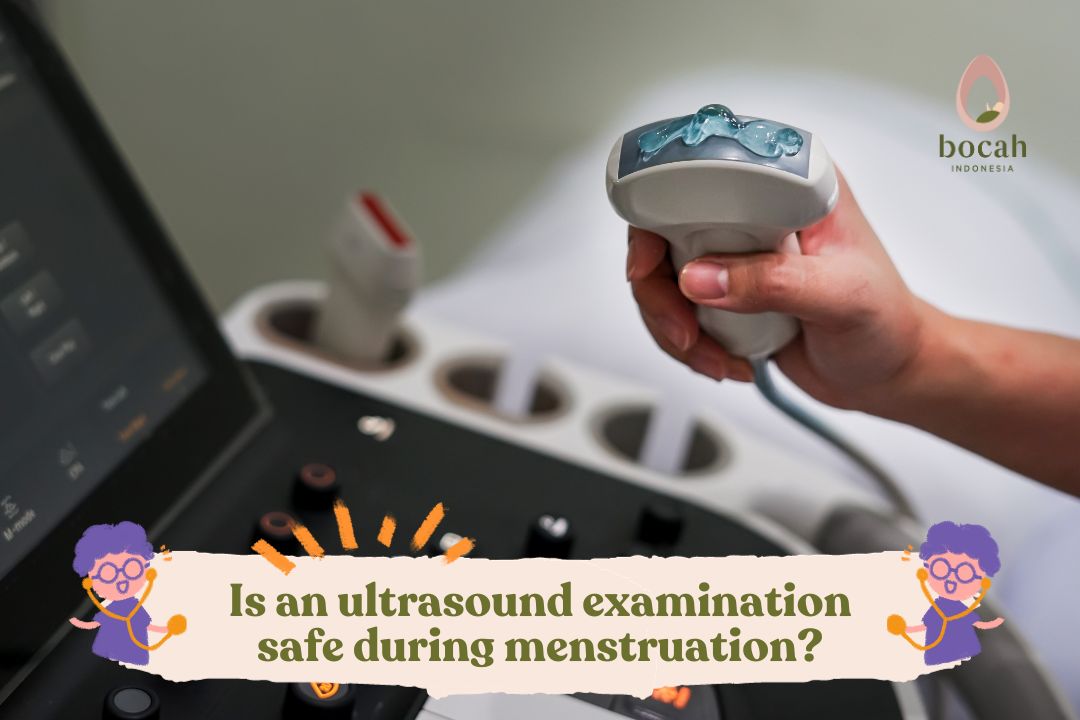Why the Ultrasound Results May Not Be Visible, How Can That Be? Here’s the Explanation

If your pregnancy test shows two lines, but an ultrasound doesn’t show any signs of pregnancy, what does that mean? Find out the answer here.
Ultrasound (USG) is an accurate diagnostic method used to confirm pregnancy. This technology uses sound waves to create images of the uterus and fetus, allowing the doctor to monitor the development of the pregnancy in detail.
In many cases, ultrasound can provide clear results early in pregnancy, including detecting the gestational sac and other early signs. However, there are times when ultrasound results do not align with expectations, such as when no signs of pregnancy are seen despite a positive test result.
This situation can often cause confusion and concern, especially in first-time pregnancies. To prevent misunderstandings regarding ultrasound results, here’s an explanation of why the ultrasound may appear empty.
Why Is Ultrasound Important?
Ultrasound is one of the essential procedures recommended for expecting mothers during pregnancy. It helps monitor the health and development of the fetus safely, without radiation risks, as it uses ultrasonic sound waves. Here are the reasons why ultrasound is crucial:
Tanya Mincah tentang Promil?
1. Confirming Pregnancy Early
In the early stages, ultrasound helps confirm the presence of a gestational sac in the uterus. This is particularly useful when you want to verify a pregnancy detected with a home pregnancy test.
2. Identifying Ectopic Pregnancy or Other Issues
Ultrasound can detect early problems with pregnancy, such as an ectopic pregnancy (pregnancy outside the uterus) or other abnormalities. By detecting these issues early, doctors can provide the appropriate treatment for the mother.
3. Monitoring Fetal Growth and Development
Throughout pregnancy, ultrasound helps monitor the growth of the fetus, including weight, length, and the development of its organs. This ensures that the fetus is growing as expected for the stage of pregnancy.
4. Determining Gestational Age and Estimated Due Date
Ultrasound can provide accurate information about the gestational age, especially if you’re unsure of the date of your last menstrual period (LMP). This information helps predict when the baby will be born.
5. Analyzing Fetal Heartbeat and Activity
Through ultrasound, you can learn the baby’s heart rate, movements, and other activities. This gives insight into the fetus’s health condition.
6. Diagnosing Fetal Issues
Ultrasound can detect congenital abnormalities, placenta position, amniotic fluid levels, and other potential complications, allowing the doctor to take preventive measures or treatments for both the mother and the baby.
7. Determining Fetal Position Before Delivery
In the third trimester, ultrasound helps determine the baby’s position, whether the head is down or the baby is breech, so both the mother and the doctor can prepare adequately for delivery.
Causes of an Empty Ultrasound
You may feel anxious when pregnancy signs are already visible, but the ultrasound shows an empty uterus. This situation can be caused by several factors. Here are the possible reasons:
1. Ultrasound Was Done Too Early
If the ultrasound is performed too early, the fetus may not be visible yet because the pregnancy is still very young. The gestational sac is typically detectable via ultrasound at around 5-6 weeks of pregnancy.
This is a common occurrence, so don’t worry. The doctor will usually recommend a follow-up ultrasound in 1-2 weeks to confirm the gestational sac’s presence and monitor the fetus’s condition.
2. Early Miscarriage
In certain cases, ultrasound may not show a pregnancy because a miscarriage has occurred. After a miscarriage, the body may still produce pregnancy hormones, causing the home pregnancy test to remain positive for weeks. However, the pregnancy tissue may have already passed, causing the uterus to appear empty on ultrasound.
3. Ectopic Pregnancy
An ectopic pregnancy happens when a fertilized egg implants outside the uterus, such as in the fallopian tubes or cervix. This results in an empty uterus on ultrasound. Ectopic pregnancies require immediate medical treatment as they can be life-threatening for the mother and affect future fertility.
4. Molar Pregnancy (Hydatidiform Mole)
A molar pregnancy occurs when abnormal placental tissue grows, forming a benign tumor resembling a cluster of grapes. Even though there may be pregnancy signs, this condition doesn’t allow the fetus to develop. Ultrasound typically shows a tumor, not a fetus.
5. Blighted Ovum
A blighted ovum occurs when a fertilized egg fails to develop into an embryo, even though a gestational sac forms. In this case, a home pregnancy test may show a positive result, but no fetus is visible on the ultrasound.
Regardless of the cause, if your ultrasound doesn’t show a pregnancy despite visible pregnancy signs, it’s crucial to follow your doctor’s advice. Further tests may be necessary to determine the cause so that you can receive appropriate care.
The doctor will monitor your condition with additional tests such as hCG tests or a follow-up ultrasound, which can provide a clearer picture of the pregnancy status. Don’t hesitate to express any concerns and always follow the medical advice provided.
With the right examinations, the chances of obtaining an accurate diagnosis and proper treatment are higher, so you can plan the next steps for a healthy pregnancy.
For more information about pregnancy or fertility programs, parents can visit the website or social media accounts of Bocah Indonesia.
Source:
- Acevedo, H.G. Rahman, M.H., & Moreno, M.A. NCBI Bookshelf (2023). Sonography 3rd Trimester and Placenta Assessment, Protocols, And Interpretation.
- Leung, K. (2021). Applications of Advanced Ultrasound Technology in Obstetrics. Diagnostics, 11(7), pp. 1–18.
- World Health Organization (2018). WHO Recommendations on Antenatal Care for a Positive Pregnancy Experience: Ultrasound Examination.
- Danielsson, Krissi. Parents (2024). Does No Gestational Sac on the Ultrasound Mean I’m Not Pregnant?
- Madormo,Carrie. Verywell Family (2024). Why You May Need an Ultrasound Test and What to Expect.
- Cleveland Clinic (2022). Ultrasound in Pregnancy.


